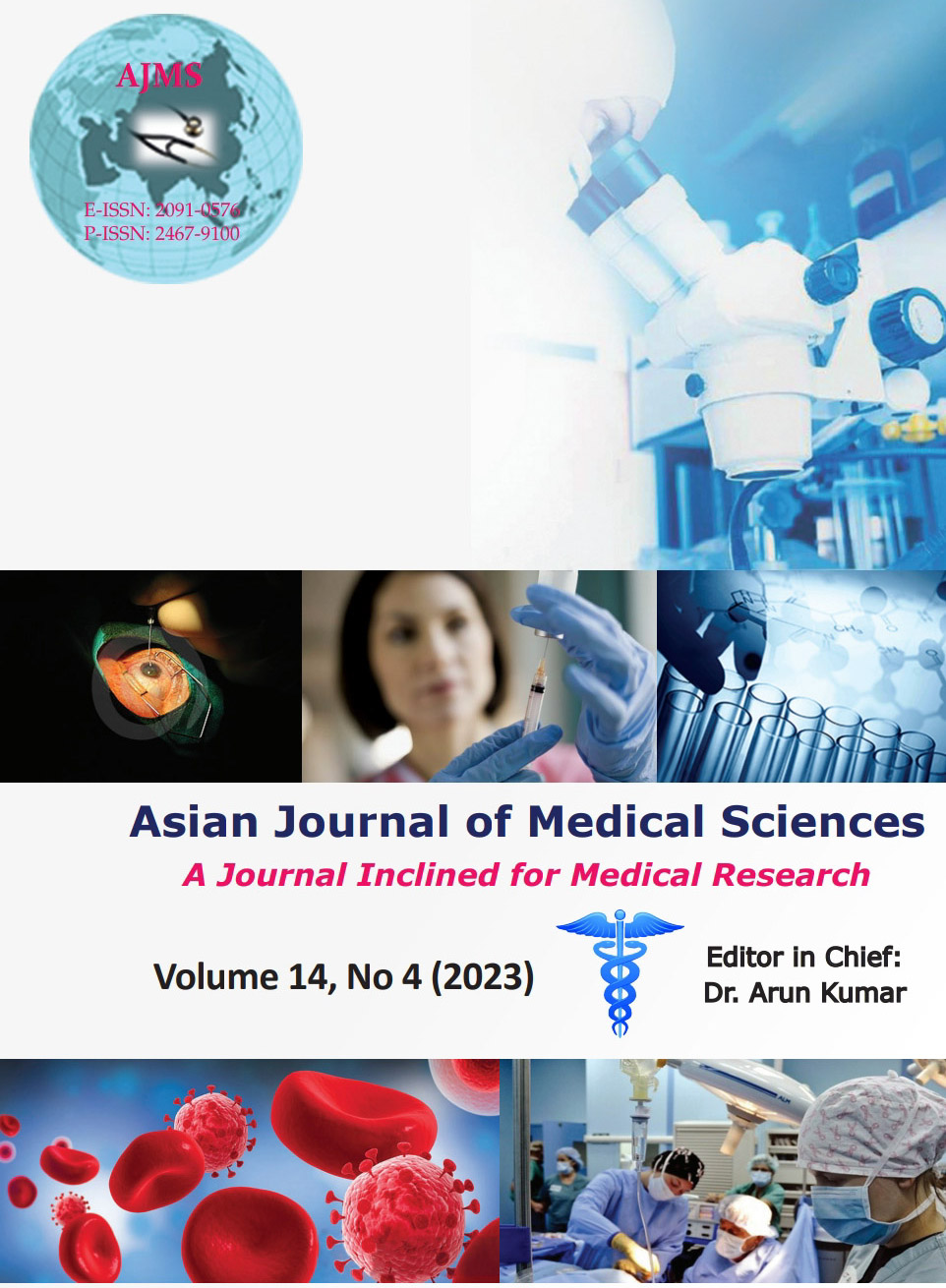Concomitant chemoradiotherapy, brachytherapy, and parametrial boost versus concomitant chemoradiation and brachytherapy alone in locally advanced cervical carcinoma: A prospective and comparative study
Keywords:
Concomitant chemoradiation; Brachytherapy; Parametrial boostAbstract
Background: The inherent property of brachytherapy is its steep dose gradient and parametrium, near the pelvic wall, which gets little contribution in dose from brachytherapy. As parametria are the common sites for treatment failure, parametrial boost (PMB) may increase the disease control in case of locally advanced cervical carcinomas after 45–50 Gy of external-beam radiotherapy (EBRT) to the whole pelvis.
Aims and Objectives: This study aimed to find whether a satisfactory control of the parametrial disease can be achieved with acceptable toxicity.
Materials and Methods: Between December 2014 and December 2017, 92 patients were treated by concomitant chemoradiation with whole pelvic EBRT of 50 Gy in 25 fractions and weekly Cisplatin (40 mg/m2) followed by brachytherapy. Out of 89 patients, 46 patients were given an additional PMB of 10 Gy in five fractions and 46 were given no boost.
Results: The local control of the disease in terms of CR or PR was comparable in the two arms (i.e., with or without PMB), with P=0.542. The central recurrences between the two arms were also comparable, 13.9% without PMB, and 9.76% with PMB, P=0.726. When parametrial recurrence is concerned, there were four parametrial recurrences (11.11%) in the arm without boost, in comparison to no parametrial recurrence (0%) in the boost arm, and this was statistically significant (P=0.044).
Conclusion: In locally advanced carcinoma cervix patients, in terms of parametrial recurrence, this study showed a significant clinical benefit of an additional external beam PMB.
Downloads
Downloads
Published
How to Cite
Issue
Section
License
Copyright (c) 2023 Asian Journal of Medical Sciences

This work is licensed under a Creative Commons Attribution-NonCommercial 4.0 International License.
Authors who publish with this journal agree to the following terms:
- The journal holds copyright and publishes the work under a Creative Commons CC-BY-NC license that permits use, distribution and reprduction in any medium, provided the original work is properly cited and is not used for commercial purposes. The journal should be recognised as the original publisher of this work.
- Authors are able to enter into separate, additional contractual arrangements for the non-exclusive distribution of the journal's published version of the work (e.g., post it to an institutional repository or publish it in a book), with an acknowledgement of its initial publication in this journal.
- Authors are permitted and encouraged to post their work online (e.g., in institutional repositories or on their website) prior to and during the submission process, as it can lead to productive exchanges, as well as earlier and greater citation of published work (See The Effect of Open Access).




